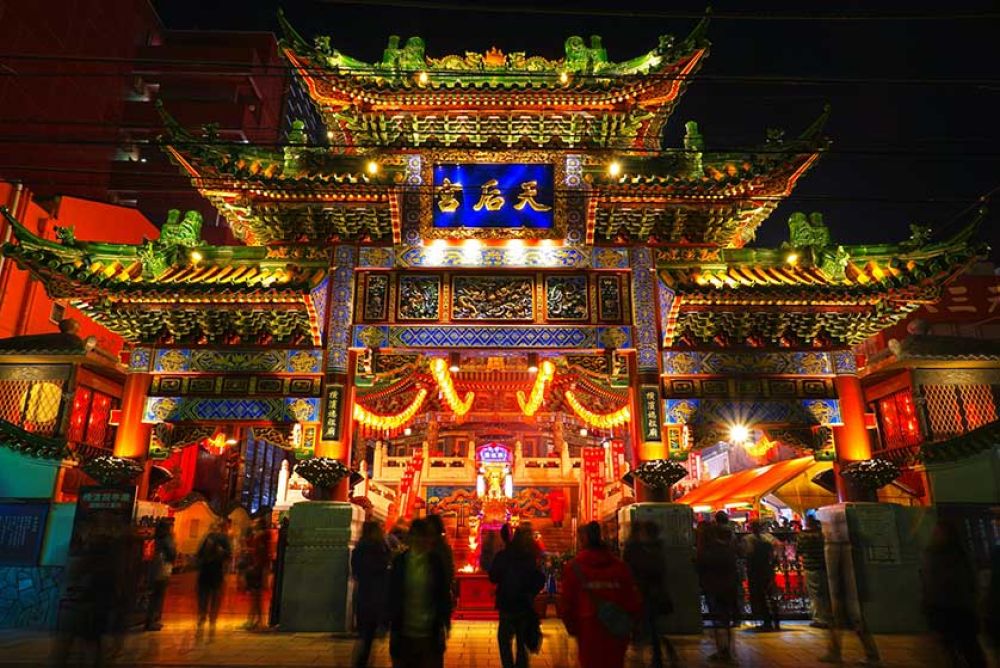

Yokohama Chinatown, known as 港区 (Chūkagai) in Japanese, is not only one of the largest Chinatowns in the world but also one of the most colorful enclaves in Yokohama, Japan. The history of this bustling district is intertwined with the city’s progression from a small fishing village to a major international port.
Yokohama Chinatown was established shortly after the opening of Yokohama port to foreign trade in 1859. The city was one of the first ports in Japan to be opened up following the country’s period of national isolation, and it quickly became a hub for international exchange. The initial Chinese immigrants were mainly tradesmen and entrepreneurs who came to capitalize on the new business opportunities, setting the foundation for what would become Chinatown.
Throughout the late 19th and early 20th centuries, the area flourished as more immigrants arrived, establishing shops, restaurants, and other businesses that catered to the Chinese community and Japanese locals alike. Despite the devastation of the Great Kanto Earthquake in 1923 and the hardships endured during World War II, Chinatown managed to rebuild and retain its cultural identity.
By the 1950s and 1960s, Chinatown had begun to emerge as a tourist destination, with visitors drawn to its exotic atmosphere and authentic Chinese cuisine. Over the decades, it has continued to grow in popularity. Today, the area is home to over 600 businesses, including a wealth of shops, eateries, and cultural attractions.
Yokohama Chinatown has evolved into a symbol of the city’s multicultural heritage. Tourists flock to its colorful streets lined with traditional red lanterns, intricate gates, and bright signage. Key attractions include the beautifully ornate Kanteibyo (Guan Di Miao) Temple and the annual Spring Festival, or Chinese New Year, which is celebrated with lion dances, firecrackers, and other festivities.
In recent years, there has been an increase in immersive and experience-based tourism within Chinatown. Visitors are not just dining at restaurants but also engaging in cooking classes, tea ceremonies, and cultural workshops. Street food tours and historical walks are also gaining popularity, allowing tourists to delve deeper into the rich tapestry of Chinatown’s history and traditions.
Sustainability has become a significant focus in Chinatown’s tourism development, with initiatives aimed at preserving the area's unique culture and atmosphere while accommodating an ever-growing number of visitors. Efforts to maintain the balance between commerce and culture ensure that Yokohama Chinatown remains a vibrant and attractive destination for future generations.
Yokohama Chinatown remains a testament to the enduring spirit and cultural diversity of Yokohama. With its deep historical roots and adaptability to modern tourism trends, it continues to enchant visitors from around the globe with its unique blend of history, culture, and gastronomic delights.